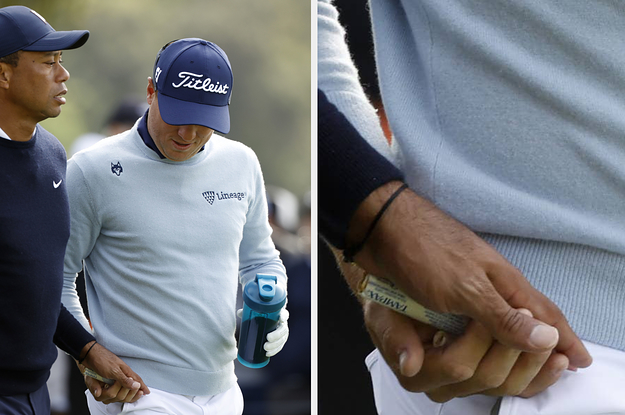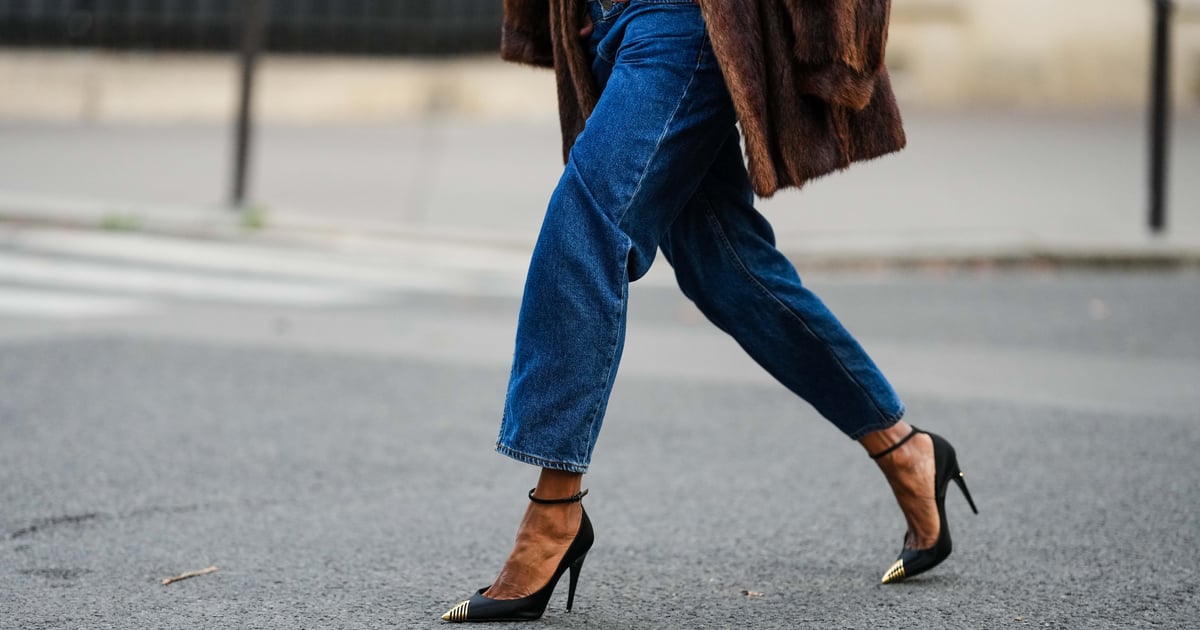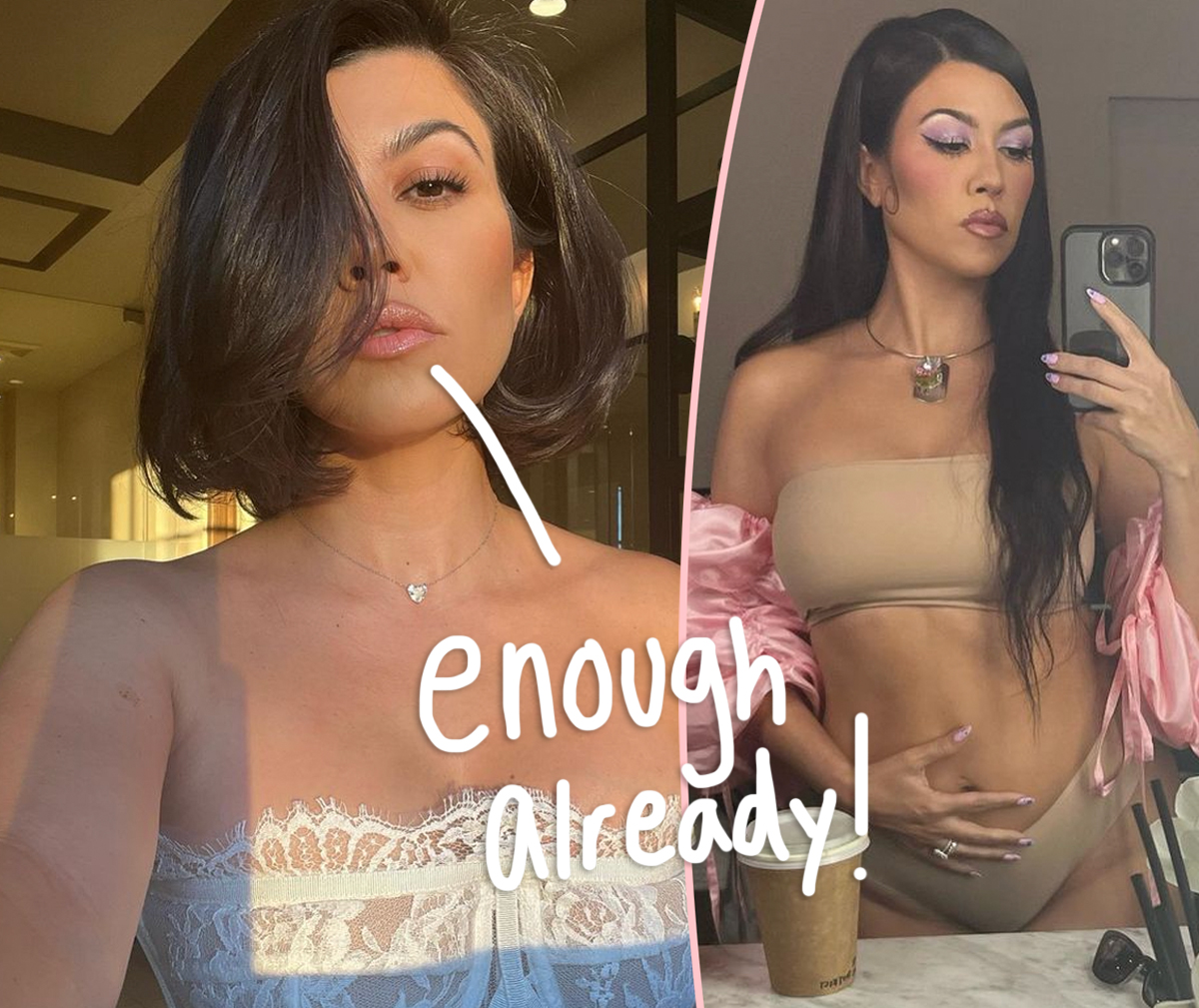In a digital landscape of Photoshopped perfection, content creator Nazhaya Barcelona shares how she is working to stamp out the stigma surrounding troubled skin.
In my freshman year of college, my complexion was clear. I may have had some discoloration but not enough to think that I had troubled skin. Then, going into my sophomore year, my skin started doing something different.
In the beginning, my acne started off slowly, but then it kept getting worse, to the point where I knew my spots were no longer just hormonal breakouts. I became really anxious about them; I wanted to make them go away — I tried so many different remedies — and when my acts of desperation didn’t work, I lost my confidence because now my skin was something I wasn’t in control of.
It became hard for me to be around other people because I felt like they were looking at my acne and not me. I thought they were disgusted and questioning what was on my face. I went through a long period of thinking that people were looking at me in a negative light, and I would cry on my way to class and not want to show my face in pictures. I even became insecure around my partner at the time because I felt like they were looking at me differently. You wouldn’t think that having acne would change how you view a relationship with somebody so close to you, but it did for me.
I already had a YouTube channel, and eventually I said to myself, “I can’t let acne stop me from doing what I love.” I love being in front of the camera. Even though it came out of nowhere, acne was now part of my story and therefore part of my content. So one day I just decided to talk about what was going on with my face in a video (I knew my audience was going to wonder about it) and things took off from there. That video ended up reaching a whole community of people.
I received responses like “I never felt seen until I saw your pictures” and “You give me the confidence to go outside with no makeup on.” Some people even told me that they never felt pretty or never felt like they had permission to be confident because of their acne. Of course, there were others who said negative things, like “She looks like a crunch bar” and “She needs to wash her face.” There was even a meme that went viral. It was a photo of my face zoomed into my acne and said, “Share this photo or you’ll have bad luck for a year.” I remember someone telling me afterwards that they would have felt so scared and embarrassed if that had happened to them, but, honestly, it was exciting for me. It was like winning the lottery because I knew going viral was going to turn into something great.
Peter DeVito, a photographer in New York, must have seen my content, and one day he invited me to his studio to be part of an [unretouched] series he was working on. I added my own little spin — some colourful winged eyeliner — and I don’t think either of us expected the portrait to blow up the way it did. People related to it so much and felt so recognized. I loved what it represented: making noise in the space of perfection.
Now, my skin isn’t as bad as it used to be. I only really get breakouts around my period or if I’ve been eating poorly. My goal was never to be known as a skin influencer — I still talk about my journey because it’s my story — so I’ve been transitioning my content into a broader umbrella of genres, including fashion and lifestyle. I didn’t become a content creator just to be known as the girl with acne.
Nazhaya Barcelona’s acne fix

It took visits to three dermatologists before one prescribed tretinoin (for my discoloration), clindamycin (for the bacteria) and Epiduo (for my active pimples). I always remember those three prescriptions because they actually transformed my skin — those three along with sunscreen. I swear up and down by sunscreen because while the other products were breaking down my acne and discoloration, the SPF was adding a protective shield. If you use those prescriptions without sunscreen, you will only damage your skin.
This article first appeared in FASHION’s November issue. Find out more here.









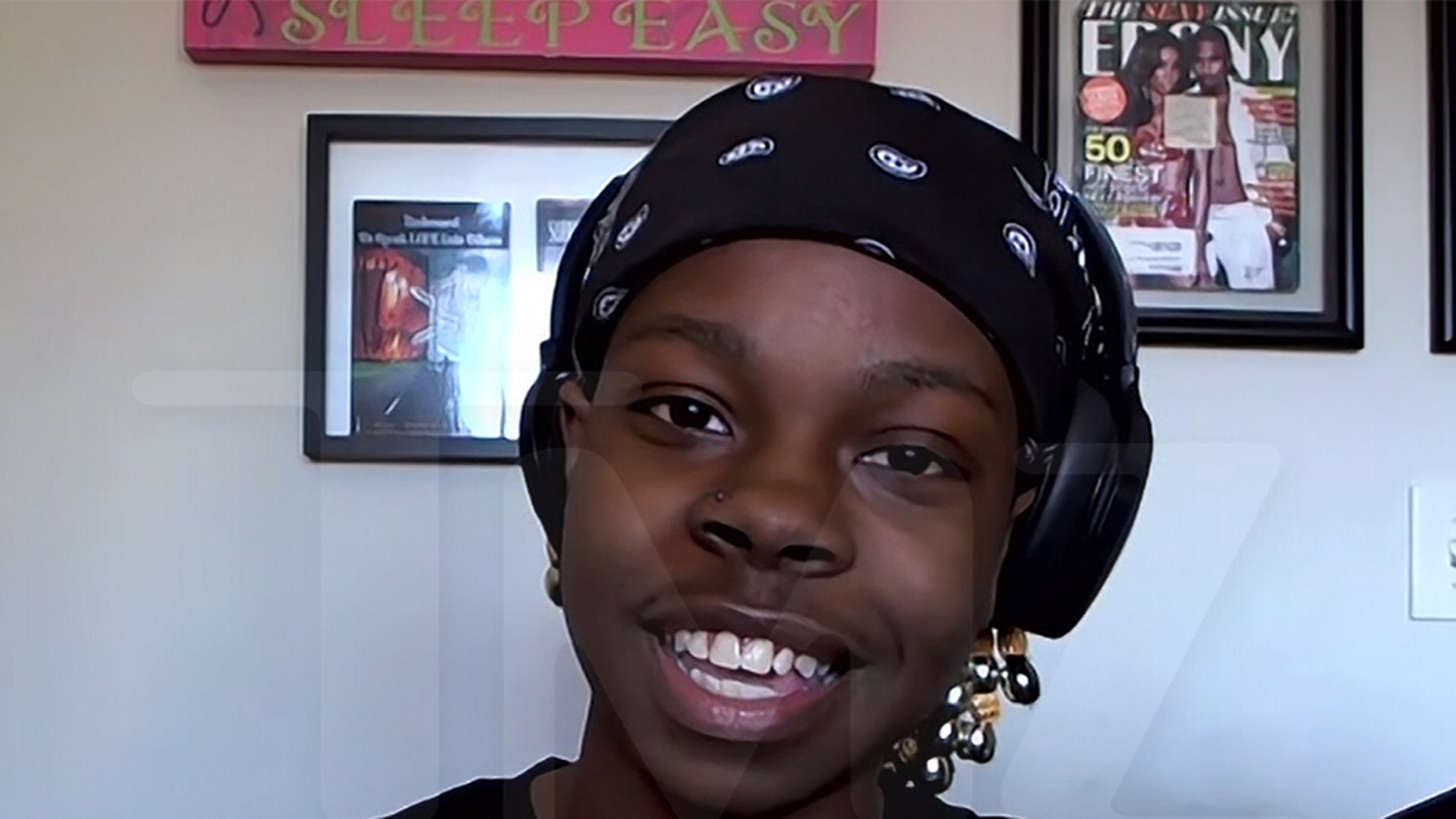


































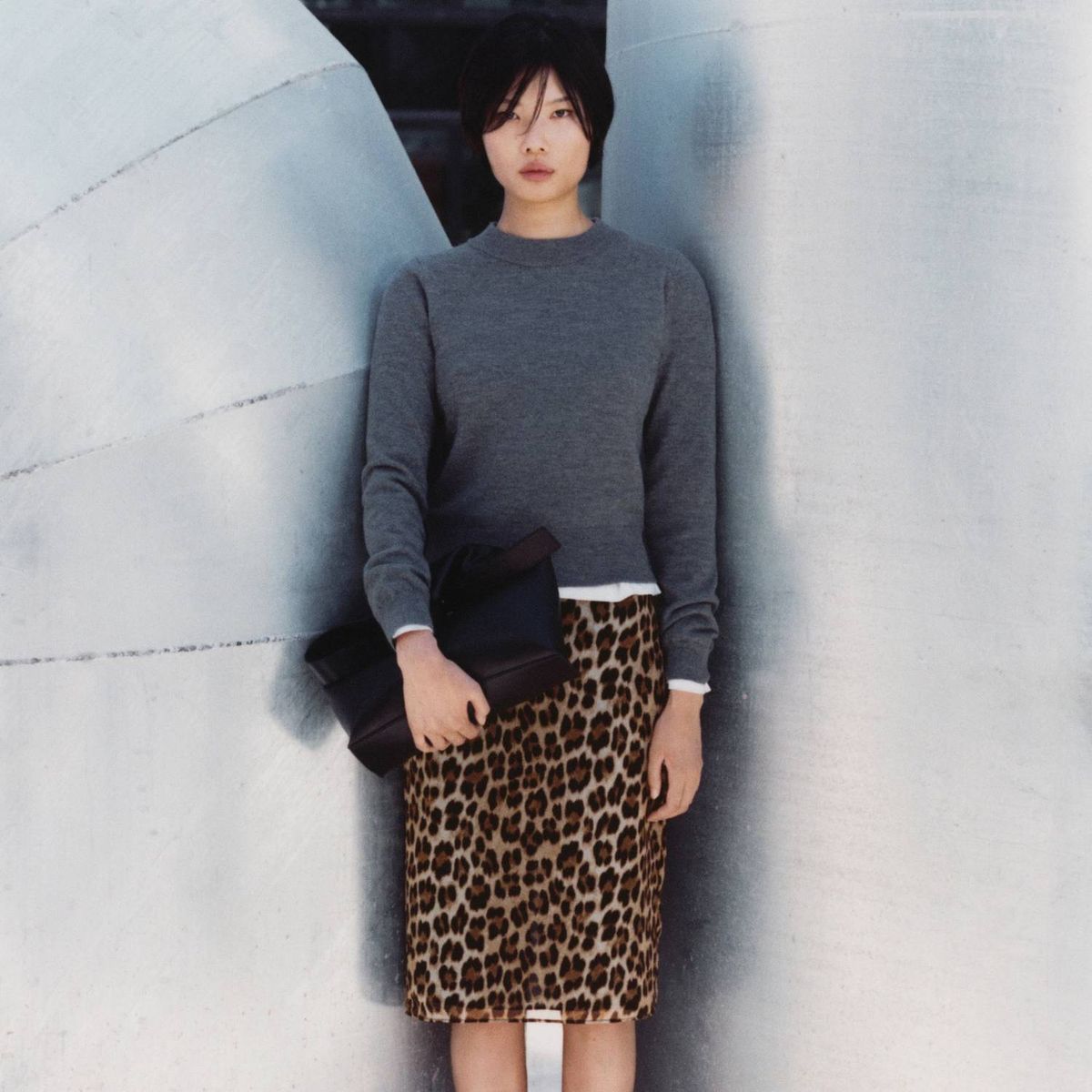
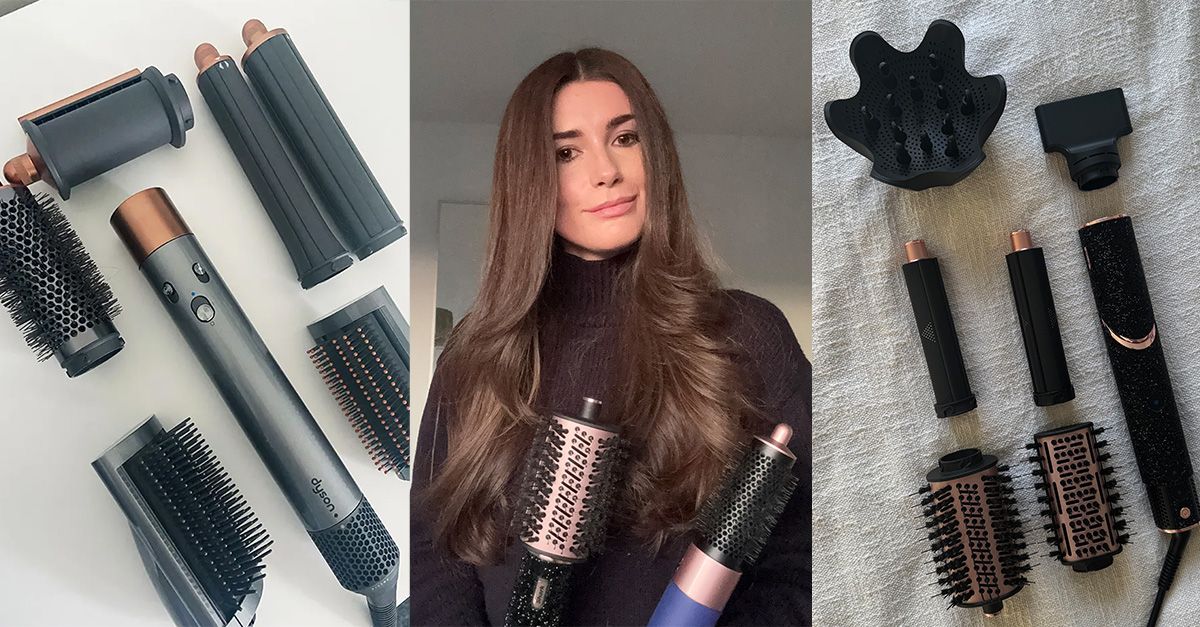



















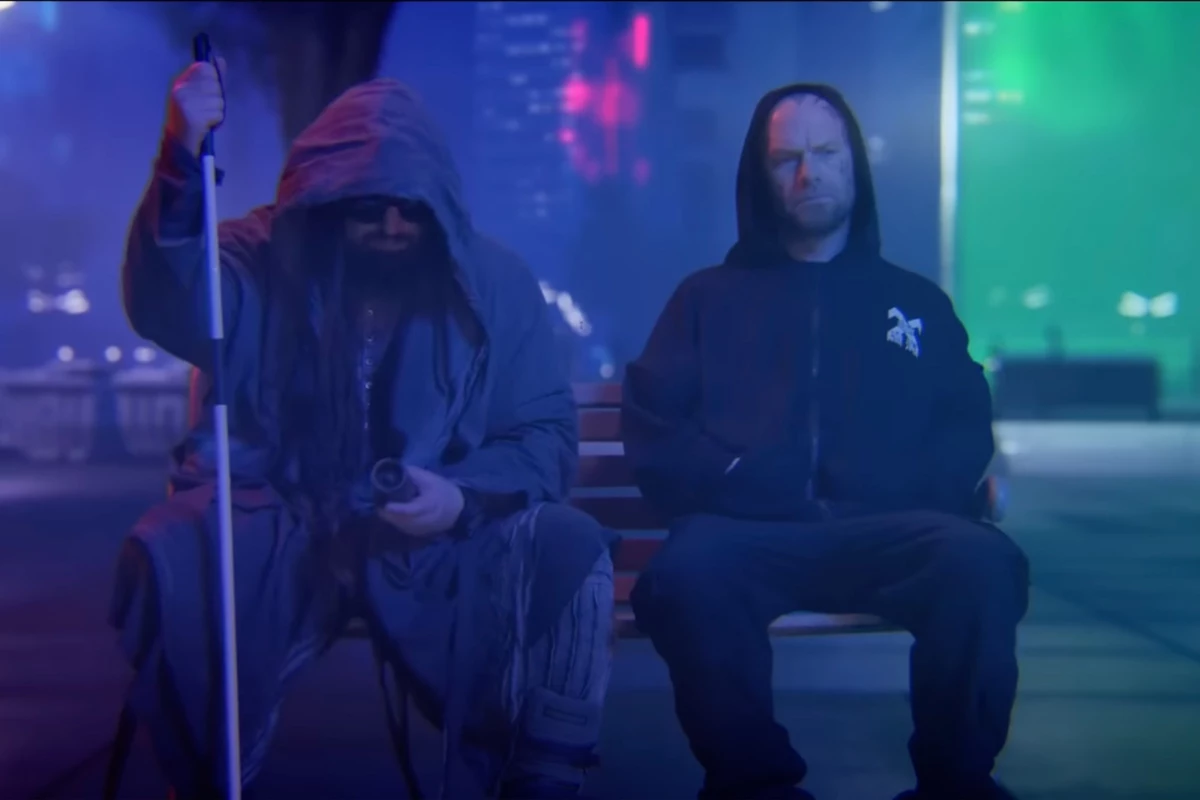






![‘Survivor 47’ Finale Recap Part 2, [Spoiler] Wins ‘Survivor 47’ Finale Recap Part 2, [Spoiler] Wins](https://tvline.com/wp-content/uploads/2024/12/survivor-finale-part-2-cbs.jpg?w=650)


